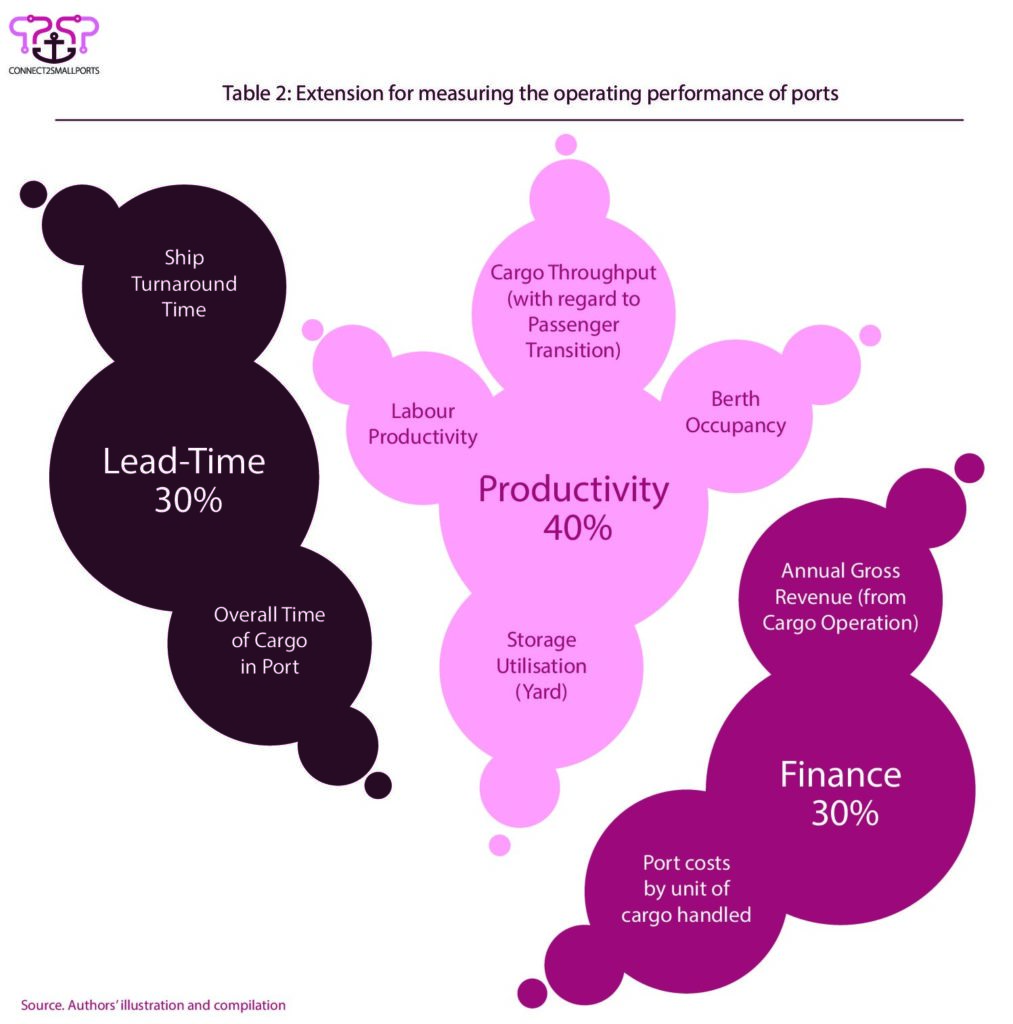DRIP – Digital Readiness Index for Ports
For the theoretical background of the digital audits, the Connect2SmallPorts consortium developed a completely new index for the measurement of digital port performances, the so called Digital Readiness Index for Ports – DRIP.
As shown in Table 1, our digital auditing tool (DRIP) embraces five dimensions and 38 related indicators, whereby some of them represent PPIs. The five dimensions – namely: management, human capital, functionality (IT), technology and information – were integrated into the tool, since the digital transformation process of companies or ports, respectively, is not ensured by only using novel technologies. It is more the interplay of management measures and employees’ knowledge, skills and capabilities as well as functional and prepared IT processes and systems with these digital technologies and solutions; and vice versa, all dimensions with each other, in order to facilitate a sustainable digital transition towards a smart port. Furthermore, it is important that a comprehensive and sustainable information procurement is envisaged in order to be well informed about the current digitalisation trends. Especially this ensures the right identification of appropriate digital measures and investments – i.e. decision making. The indicated weighting factors represent the importance of each dimension, which had been determined during expert interviews with project partners.
Additionally, since the primary focus of the EU-project Connect2SmallPorts lays on the research of digital technologies in the port sector, the operating performance measurement part can be minimised and regarded as a general introduction part. Accordingly, based on the identified, analysed and triangulated literature findings from the research landscape and practice about PPIs as well as digital and Industry 4.0 readiness indexes and maturity models as well as practical findings that had been elaborated in the course of the EU-project Connect2SmallPorts, in the following Table 2, the extension of the DRIP model is presented, which ensures the measurement of operating performance aspects of ports and guarantees a sufficient classification of the ports in different operating performance groups.


